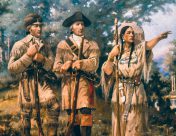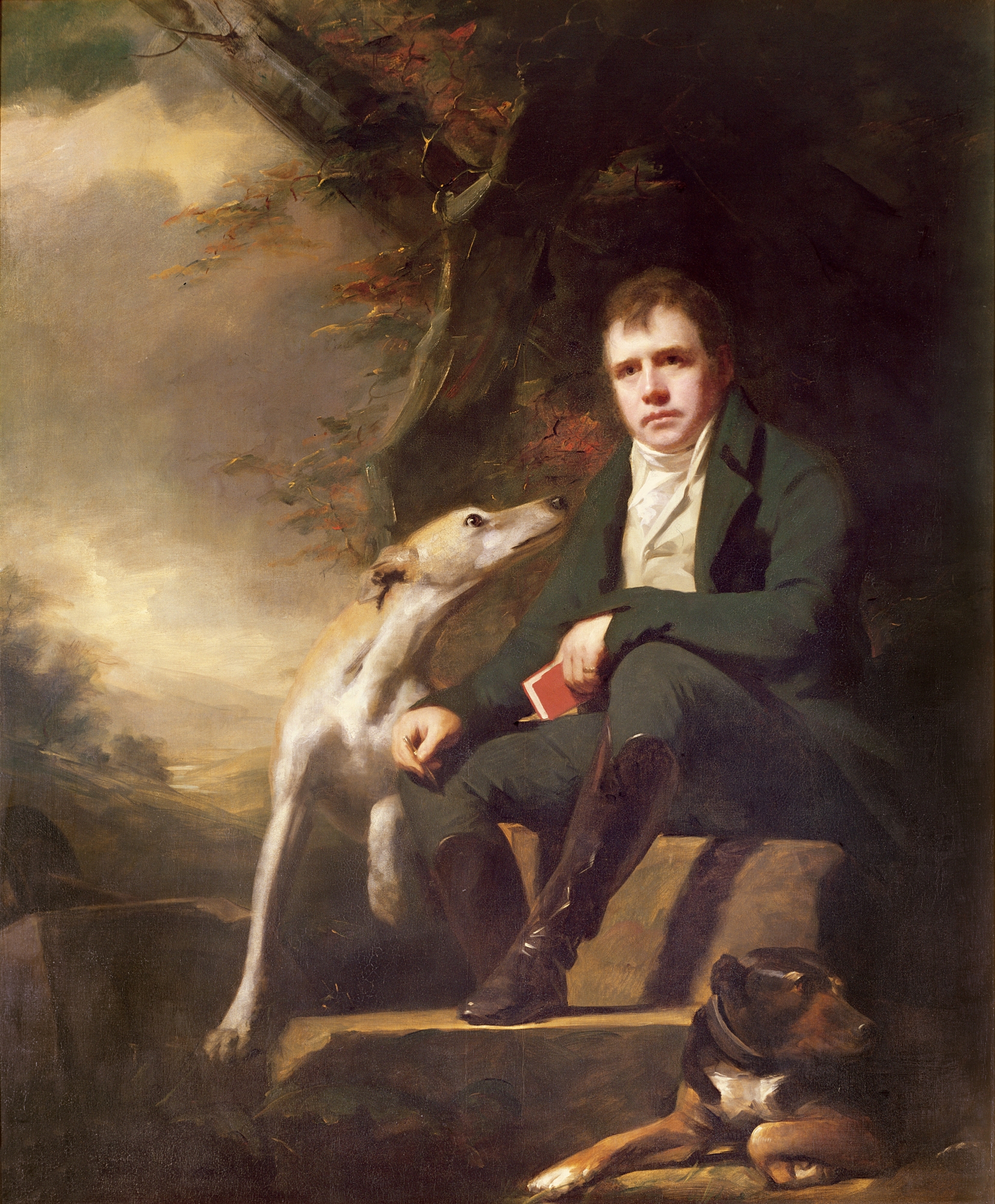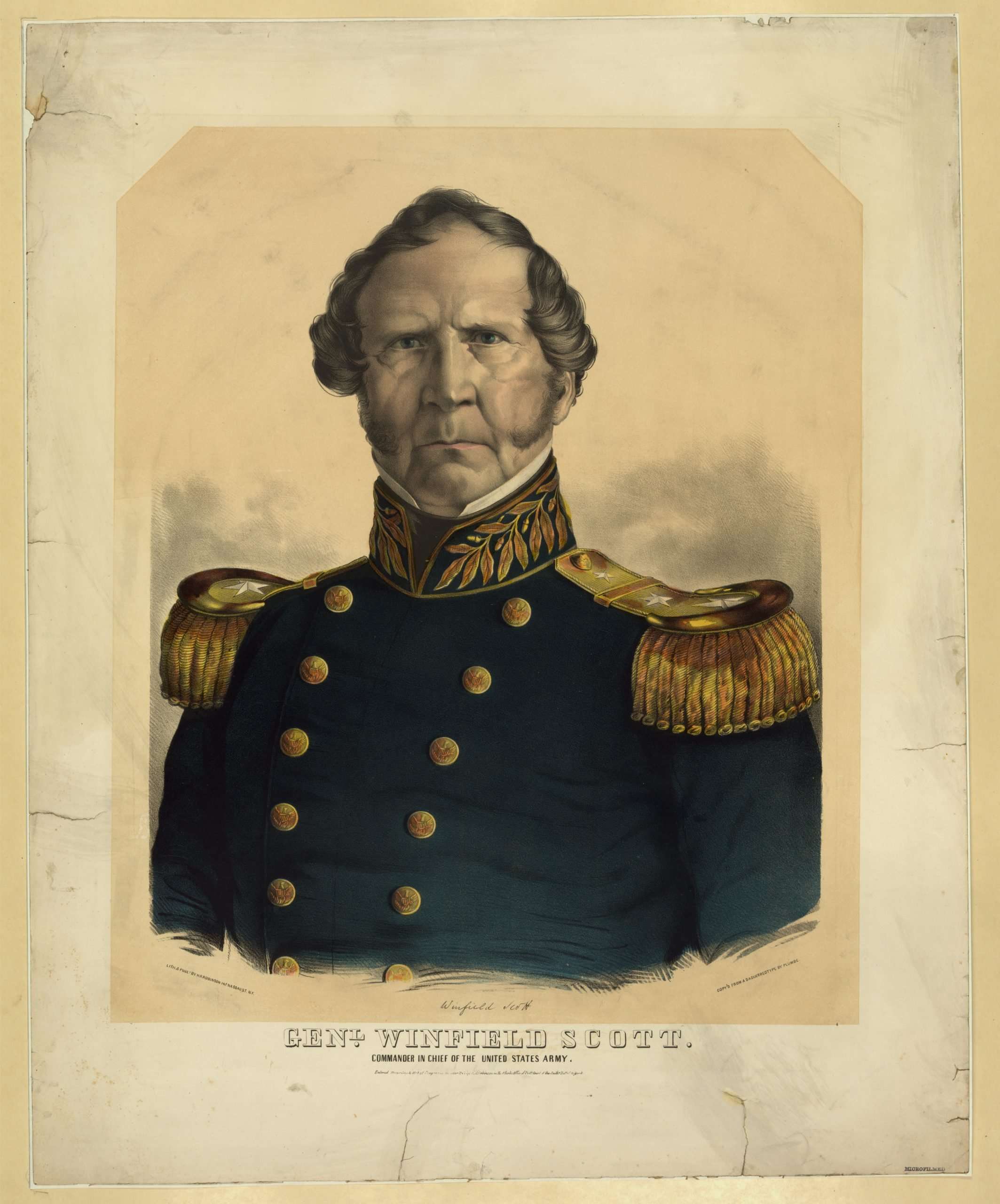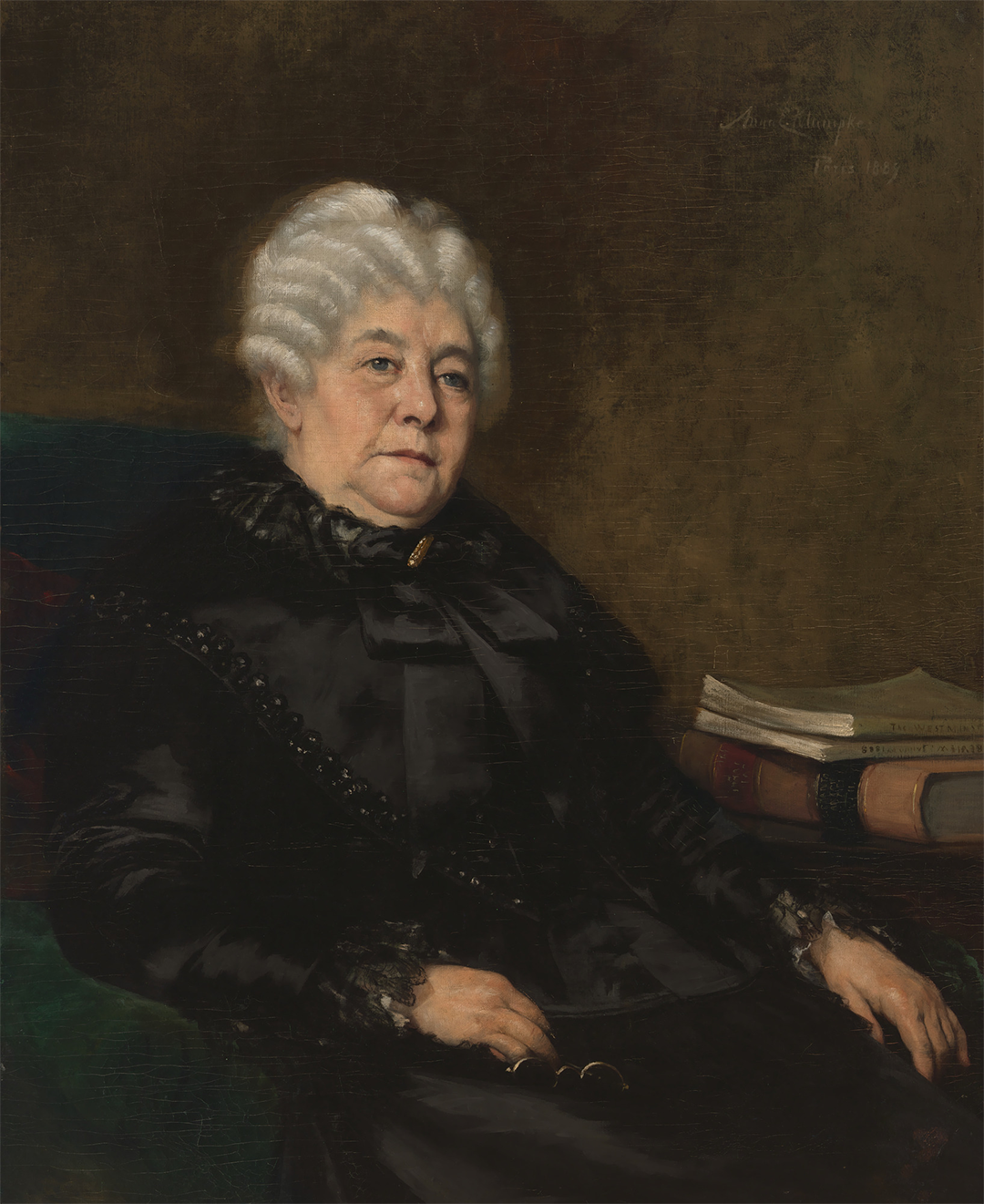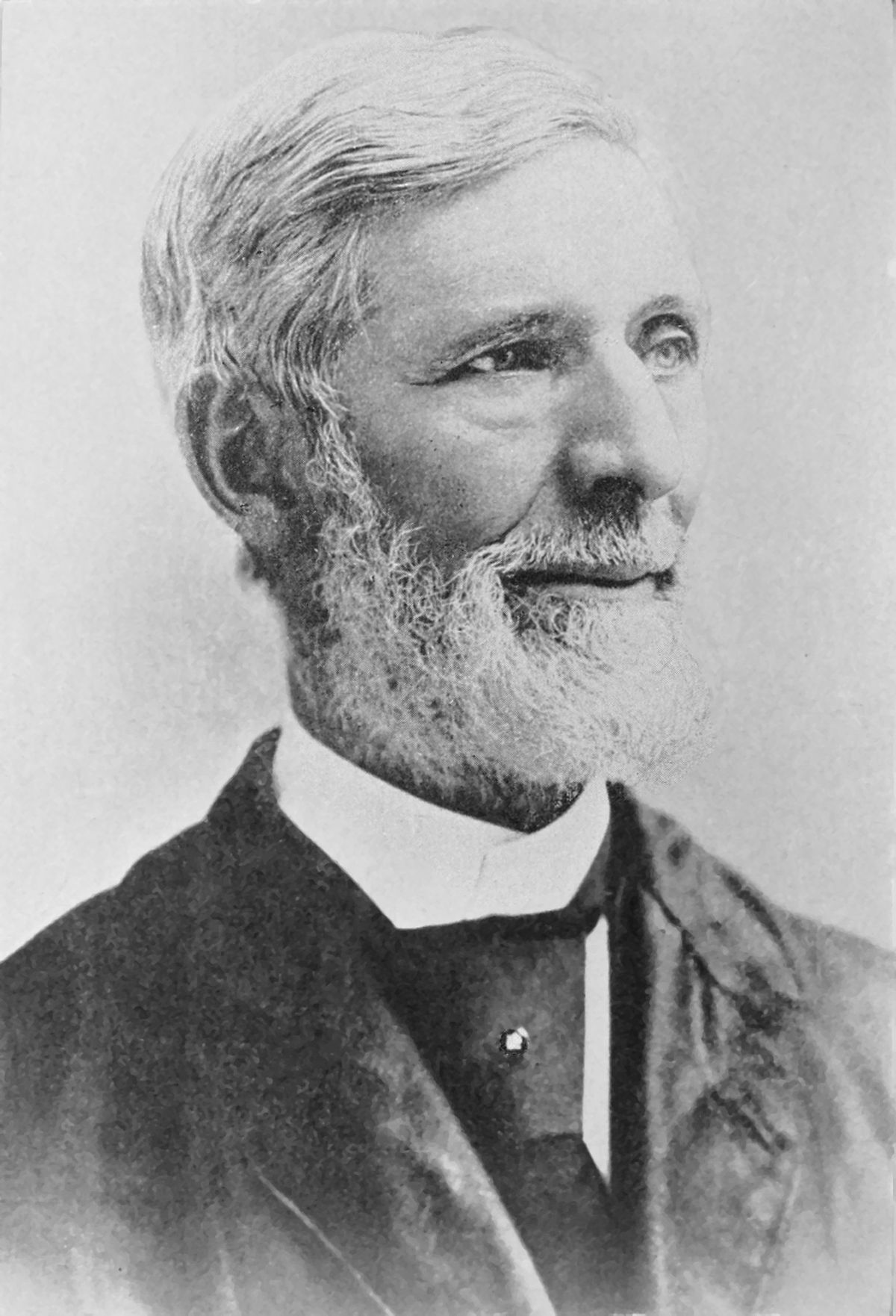BIOGRAPHICA
Shaping History
Theodore Roosevelt
Theodore Roosevelt (1858-1919) Theodore D. Roosevelt was the twenty-sixth President of the United States, a Republican and at 42 years old, the youngest person ever to be President. He was a Progressive reformer who sought to move the dominant Republican Party into the Progressive camp. He distrusted wealthy businessmen and dissolved monopolistic corporations as a “trust buster”. His “Square Deal” promised a fair shake for both the average citizen and the businessman. He was the first U.S. president to call for universal health care and national health insurance. He is most famous for his personality, his energy, and his “cowboy” image and that “Teddy” bears are named after him. Theodore Roosevelt believed America should be more active in world politics and is famous for the expression: WHAT S/HE SAID: Speak softly and carry a big stick. WHY S/HE MATTERED: Before becoming President of the United States, Theodore Roosevelt was the
John Ross
John Ross (1790-1866) WHO HE WAS: John Ross, born Tsan-Usdi (Little John), was a Cherokee chief who served an unprecedented 38 years, leading his nation through some of its most challenging times, including the infamous Trail of Tears. Of mixed Scottish and Cherokee descent, he was a skilled negotiator who tirelessly fought for the rights of the Cherokee people. WHAT HE SAID: “Our cause is just, our people united, and with faith in the justice of the Great Spirit, we must be victorious.” WHY HE MATTERED: John Ross is remembered for his resilient leadership and staunch defense of Cherokee sovereignty. He used every available tool, from the U.S. legal system to international diplomacy, in attempts to resist the forced relocation of his people. His leadership during the Trail of Tears, a time of great suffering and loss, exemplifies his dedication and fortitude.
Sacagawea
Sacagawea (c. 1788-1812/1884) WHO SHE WAS: Sacagawea, a member of the Lemhi Shoshone tribe, is celebrated for her role as an interpreter and guide during the Lewis and Clark Expedition. Kidnapped as a child and later married to a French-Canadian trapper, her skills and knowledge proved invaluable to the success of the expedition’s journey to the Pacific Coast. WHAT SHE SAID: While no direct quotes from Sacagawea are recorded, her actions spoke volumes. Her calm demeanor, resourcefulness, and courage conveyed a silent yet powerful message of strength and resilience. WHY SHE MATTERED: As the only woman on the expedition, Sacagawea’s presence was a symbol of peace to other tribes. Her knowledge of the terrain and native languages was critical to the expedition’s navigation and diplomacy. She bridged cultural gaps and has since become a legendary figure in American frontier history.
Antonio López de Santa Anna
Antonio López de Santa Anna (1794-1876) WHO HE WAS: Antonio López de Santa Anna, often known simply as Santa Anna, was a Mexican politician and general. He served multiple terms as the President of Mexico and is a controversial figure, known for his political opportunism, shifting allegiances, and his pivotal role in the Texas Revolution, particularly the infamous Battle of the Alamo. WHAT HE SAID: “Let it be inscribed on my tombstone: ‘Here lies the most loyal of Mexicans that the Fatherland gave birth to.’” WHY HE MATTERED: Santa Anna’s military and political actions significantly impacted Mexico’s history and its relations with the United States. His leadership during the Texas Revolution and the Mexican-American War has been both criticized and lauded, but undeniably, he left an indelible mark on North American politics in the 19th century.
Walter Scott
Walter Scott (1796-1861) WHO HE WAS: Walter Scott was an influential figure in the Second Great Awakening in the United States and played a pivotal role in the Restoration Movement alongside leaders like Thomas and Alexander Campbell, and Barton W. Stone. A Scottish immigrant, Scott became known for his dynamic evangelism and as an innovative educator who deeply impacted the religious landscape of America during the 19th century. WHAT HE SAID: “The love of Christ is the most powerful magnet in the universe.” WHY HE MATTERED: Scott’s evangelistic methods and his five-finger exercise, which simplified the plan of salvation, significantly contributed to the spread of the Restoration Movement’s ideals. His approach helped to define a clear, biblically based faith that was essential to the movement’s call for Christian unity and the restoration of the early church’s practices.
Winfield Scott
Winfield Scott (1786-1866) WHO HE WAS: Winfield Scott was a senior United States Army officer, diplomat, and presidential candidate known for his military service in the War of 1812, the Mexican-American War, and the early stages of the American Civil War. His nickname, “Old Fuss and Feathers,” underscored his penchant for military pomp and strict discipline. Scott’s 53 years of service are marked by strategic acumen and an ability to adapt to the evolving nature of warfare. WHAT HE SAID: “The patriot’s blood is the seed of Freedom’s tree.” WHY HE MATTERED: Scott’s legacy includes a series of military successes that helped define the contours of the early United States. He played a crucial role in the Mexican-American War, most notably in his Mexico City campaign. Scott also authored the “Anaconda Plan” which outlined the Union strategy for subduing the Confederacy during the Civil War.
Sequoyah
Sequoyah (c. 1770-1843) WHO HE WAS: Sequoyah, also known as George Gist or George Guess, was a Native American polymath of the Cherokee nation who single-handedly created the Cherokee syllabary, making reading and writing in Cherokee possible. His achievements led to a profound transformation in the literacy and culture of the Cherokee people. WHAT HE SAID: “I am not learned, but I have ascertained in the wilderness that I could do what I undertook to perform.” WHY HE MATTERED: Sequoyah’s creation of the syllabary in 1821 revolutionized the way the Cherokee people communicated and preserved their language. It contributed to a significant increase in literacy among the Cherokee and became a vital part of their identity and sovereignty, even influencing other Native American tribes to develop written languages.
William H. Seward
William H. Seward (1801-1872) WHO S/HE WAS: William H. Seward was a statesman and politician who served as Secretary of State under Presidents Lincoln and Johnson. His tenure saw the acquisition of Alaska from Russia and diplomatic efforts to prevent European intervention during the American Civil War. WHAT S/HE SAID: Arguing that California be admitted to the Union as a free state, Seward stated: “There is a higher law than the Constitution.” WHY S/HE MATTERED: William H. Seward’s diplomatic achievements and commitment to justice echoed during pivotal moments in American history. His legacy raises questions about the balance between national interests, international relations, and ethical considerations.
Charles Sigsbee
Dwight Sigsbee (1845-1923) WHO S/HE WAS: Captain Charles Sigsbee was a Rear Admiral in the United States Navy and served in the Civil War and Spanish-American War. He was also a pioneering oceanographer and hydrographer. Between 1875 and 1925, his innovation, the Sigsbee sounding machine, was a standard item of deep-water oceanographc equipment. WHAT S/HE SAID: An officer in an emergency should pour ice water over his personal feelings, in order to defer his nervous prostration to a proper moment. WHY S/HE MATTERED: Sigsbee was the ill-fated naval commander of the USS Maine, which exploded in Havana harbor on January 25, 1898. The explosion set off the events that led up to the start of the Spanish–American War.
Margaret Bayard Smith
Margaret Bayard Smith (1778-1844) WHO SHE WAS: Margaret Bayard Smith was an acclaimed author, socialite, and a prominent figure in early American society. She was known for her insightful letters and journals which provide a rich account of the political and social life in Washington, D.C., particularly during the formative years of the American republic. WHAT SHE SAID: “Society is my book and people my study.” WHY HE MATTERED: Smith’s writings offer a unique perspective on the personal and political dynamics of America’s early years. Her detailed observations serve as a significant source for understanding the culture and inner workings of early Washington society.
Elizabeth Cady Stanton
Elizabeth Cady Stanton (1815-1902) WHO SHE WAS: Elizabeth Cady Stanton was a trailblazing figure in the early women’s rights movement in the United States. An outspoken advocate for women’s suffrage, Stanton’s progressive ideas on women’s legal and social equality made her a leading voice of her time. Her efforts, particularly in partnership with Susan B. Anthony, laid the groundwork for the eventual passage of the 19th Amendment, granting women the right to vote. WHAT SHE SAID: “The best protection any woman can have… is courage.” WHY SHE MATTERED: Stanton’s significance lies in her tireless campaign for women’s suffrage and equality. Her advocacy extended beyond voting rights to include women’s parental and custody rights, property rights, employment and income rights, divorce, the economic health of the family, and birth control. She was a key figure in organizing the 1848 Seneca Falls Convention, which served as the catalyst for the women’s suffrage
John L. Stevens
John L. Stevens (1820-1895) WHO S/HE WAS: Ambassador John Leavitt Stevens was a United States ambassador to Paraguay, Uruguay, Sweden, Norway and Hawaii during the second half of the nineteenth century. WHAT S/HE SAID: The Hawaiian pear is now fully ripe, and this is the golden hour for the United States to pluck it. WHY S/HE MATTERED: During his time as State Minister to the Kingdom of Hawai’i, Stevens was accused of conspiring to overthrow Queen Lili’uokalani in association with the Committee of Safety, led by Lorrin A. Thurston and Sanford B. Dole. The attributed quote was from a letter, penned in March 1892, to U.S. Secretary of State, James Blaine. In it, Stevens urged action to prevent the intrusion of foreign interests into Hawai’i. Said he, “So long as the islands retain their own independent government there remains the possibility that England or the Canadian Dominion might secure one
Barton Stone
Barton Stone (1772-1844) WHO HE WAS: Barton Warren Stone was a pivotal figure in the early 19th-century Christian Restoration Movement, which aimed to restore the early Christian church’s practices and foster unity among believers. An influential religious thinker and leader during the Second Great Awakening, Stone advocated for a return to the simplicity of the New Testament, rejecting denominational constraints and creeds. WHAT HE SAID: “Let Christian unity be our polar star.” WHY HE MATTERED: Stone’s leadership in the Cane Ridge Revival and subsequent establishment of the Christian Church laid a significant foundation for what would become the Stone-Campbell Restoration Movement. His emphasis on biblical authority and Christian freedom contributed profoundly to the shape of American Protestantism.
Harriet Beecher Stowe
Harriet Beecher Stowe (1811-1896) WHO SHE WAS: Harriet Beecher Stowe was an American abolitionist and author. She hailed from a prominent religious family and is best known for her novel “Uncle Tom’s Cabin,” which depicted the harsh reality of slavery and galvanized anti-slavery forces in the northern states, while provoking widespread anger in the South. WHAT SHE SAID: “The longest way must have its close – the gloomiest night will wear on to a morning.” WHY SHE MATTERED: Stowe’s work provided a vivid, narrative account of slavery’s brutality and helped shift public opinion in the United States and abroad. Her book became a cultural and political phenomenon, intensifying sectional conflict and contributing to the outbreak of the Civil War.
John Sutter
John Sutter (1803-1880) WHO HE WAS: Johann August Sutter, better known as John Sutter, was a German-born Swiss pioneer of California known for establishing Sutter’s Fort in the area that would become Sacramento, California’s state capital. He is often associated with the California Gold Rush, despite his personal financial downfall due to the discovery. WHAT HE SAID: “I have broken the wilderness, and planted the vine and the orchards in many places; where now the farmer in peace and contentment, can sit under his own vine and fig tree, and none shall make him afraid.” WHY HE MATTERED: Sutter’s role in the early development of California was pivotal. The discovery of gold at his mill in 1848 sparked the California Gold Rush, an event that led to the rapid influx of immigrants to the region, the quick ascension of California to statehood, and a significant reshaping of the nation’s demographics
William Howard Taft
William Howard Taft (1860-1835) WHO S/HE WAS: William Howard Taft was the twenty-seventh President of the United States, a Republican and later the 10th Chief Justice of the United States. In his first and only term, President Taft’s domestic agenda emphasized trust-busting, civil service reform, strengthening the Interstate Commerce Commission, improving the performance of the postal service, and passage of the Sixteenth Amendment. Abroad, Taft sought to further the economic development of undeveloped nations in Latin America and Asia through the method he termed “Dollar Diplomacy.” However, Taft often alienated his own key constituencies, and was overwhelmingly defeated in his bid for a second term in the presidential election of 1912. President Harding appointed Taft Chief Justice of the Supreme Court, a position he held until just before his death in 1930. To Taft, the appointment was his greatest honor; reflecting: WHAT S/HE SAID: I don’t remember that I ever



